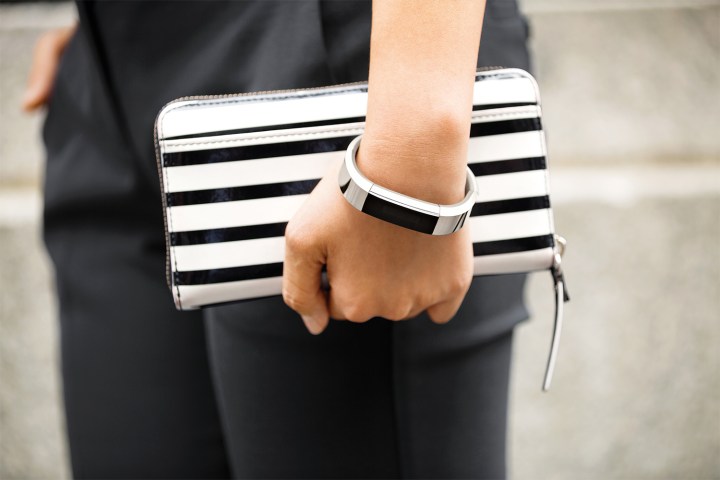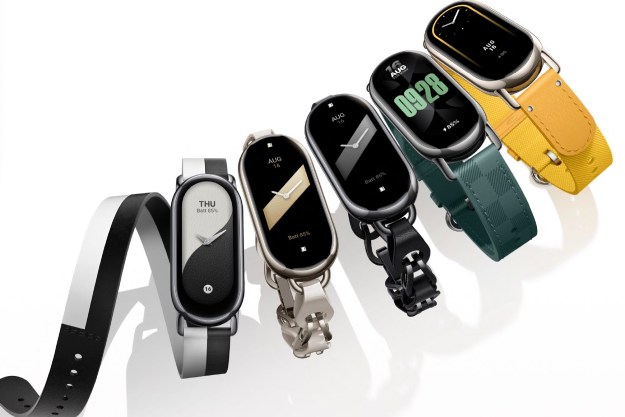
The wearables leader reported Monday that preliminary data suggests it sold 6.5 million devices between October and the end of 2016, earning somewhere between $572 million and $580 million in revenue. This is well below the target of $725 million to $750 million, which Fitbit attributes to “softer-than-expected holiday demand” in the company’s most mature markets.
More: Fitbit upgrades its software with new social features and personalized workouts
The shortfall translates to 17 percent in annual growth, compared to the 25 percent estimated last year. James Park, Fitbit co-founder and CEO, says that despite the stagnation over the holidays, the wearables industry continues to evolve, and new product segments provide venues for expansion.
“We believe the evolving wearables market continues to present growth opportunities for us that we will capitalize on by investing in our core product offerings,” Park said in a statement, “while expanding into the smartwatch category to diversify revenue and capture share of the over $10 billion global smartwatch market.”
Fitbit hopes leveraging its recent acquisitions will help claw back some ground. Since December, the company has snapped up Kickstarter smartwatch darling Pebble and smartwatch startup Vector. In the spring, it purchased universal credit card maker Coin to assist in its plans to add mobile payment support to new devices later this year.
News of the sales slump and downsizing caused Fitbit’s shares to plunge as the stock market opened Monday morning. At the time of this writing, the company’s shares are down roughly 11 percent to $6.41, after closing at $7.21 on Friday.
Still, there is at least one positive takeaway. In spite of Fitbit’s struggles to make headway globally, the company reported it has “continued to grow rapidly in select markets” such as Europe, the Middle East, and Africa, where revenue rose 58 percent in the fourth quarter.
Editors' Recommendations
- I wore the Whoop 4.0 fitness tracker for a month. Here’s why I’m getting rid of it
- Samsung’s new Fitbit killer just leaked, and it looks impressive
- This new MediaTek chip is about to bring 5G to a lot more devices
- Subscriptions are quickly ruining fitness trackers
- Polar’s newest smartwatch could be a Fitbit and Garmin killer


